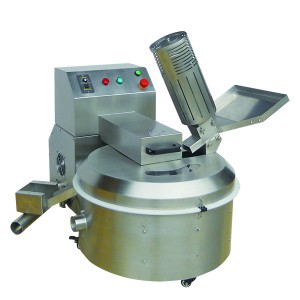Integrated Circuits function as discrete units and a final assembly consists of many different types of ICs placed together. Each can be sourced separately and manufactured elsewhere. This is one of the reasons they need to be packaged into individual segments with all the IC components sitting safely inside. The ICs also very delicate and must be protected which is another reason why they are sealed off from the outside world.
Failure Analysis of such ICs needs physical access to packaged components which isn’t possible as long as they’re inside their protective casing. Therefore, one of the first steps while performing the actual analysis is to extricate the circuits of interest from their outer covering. This procedure is called Integrated Circuit Decapsulation.
Cracking the IC Package
Though we prefer to use failure analysis techniques which keep the entire structure in tact with non-destructive testing procedures, sometimes there’s no getting around it. There are many ways to open up chips for inspection and depending on the type of encapsulation, the kind of analysis we want to perform and which part we need to analyze.
Three common ways for an integrated circuit to be decapsulated are: chemical etching, heating, and plasma etching. Chemical etching involves applying an acidic substance to the case to eat it away. As can be guessed, this is a delicate process which requires very careful application of the corrosive material. Either heated nitric or sulphuric acid can be used for this purpose.
Variations exist in the methods of applying the acid. We have manual and jet etching with the latter being an automated way of applying the acid. Jet etching requires only a small area of the surface to be exposed leaving the rest safely covered.
But acid isn’t always appropriate since its destructive potential can hamper the detection of trace elements which can be useful for the analysis. In which case, we can also use heat along with mechanical stress to pry open the casing and preserve the internal integrity of the die.
Finally, we have plasma etching. Plasma is a specialized state of matter consisting of ionized particles at a high temperature. Though expensive, the process is very precise – making the plasma react with the plastic and then draining it away. This fine control also makes the entire process take longer.
Each technique has its benefits and the failure analysis engineers will be the ones to determine the best way to go about the decapsulation.
Summary
Although non-destructive testing methods can be used in failure analysis there are ways to open up a chip so that it can be properly inspected. These are chemical etching, heating and plasma etching. Each of these techniques has its benefits and the failure analysis engineers will be the ones to determine which method is the best to perform the decapsulation.
